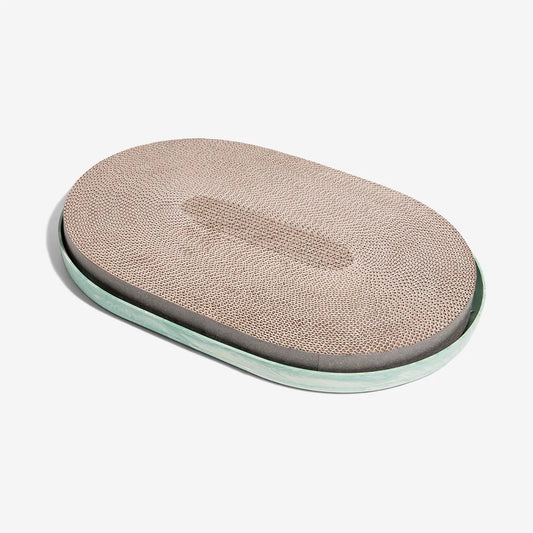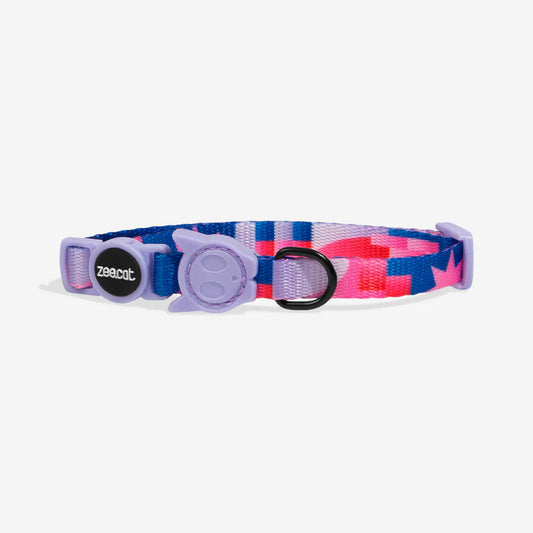Teaching a dog to play fetch is a fun and rewarding experience for both the owner and the pet. It's a great way to bond with your dog and provide them with exercise and mental stimulation. However, not all dogs naturally understand the concept of retrieving and bringing back a ball. This article will provide tips and techniques for teaching your dog to play fetch and bring the ball back.
Firstly, it's important to choose the right equipment. A tennis ball or soft rubber ball is a good option, as it's easy for the dog to pick up and carry. It's also important to choose a safe and secure location to play, such as a fenced backyard or a dog park. Before starting the training, it's recommended to tire out the dog with a walk or some playtime to help them focus on the task at hand.
Next, it's important to start with simple steps and gradually increase the difficulty. Begin by throwing the ball a short distance and encouraging the dog to fetch it. Use positive reinforcement techniques such as treats and praise to reward the dog for bringing the ball back. As the dog becomes more comfortable with the game, gradually increase the distance and add in distractions to keep them engaged. With patience and consistency, any dog can learn to play fetch and bring the ball back.
Fundamentals of Fetch
Understanding Dog's Play Instincts
Playing fetch is a fun and interactive way to bond with your furry friend. Dogs have a natural instinct to chase and retrieve objects, which makes teaching them to play fetch relatively easy. This game can also help satisfy their need for physical exercise and mental stimulation.
Dogs have been bred for specific purposes, such as hunting, herding, and guarding. These instincts are still present in modern-day dogs, and playing fetch can help tap into these natural instincts. Retrievers, for example, have a strong desire to retrieve objects, making them excellent fetch players.
Benefits of Playing Fetch
Playing fetch has several benefits for both you and your dog. Firstly, it provides an excellent opportunity for exercise, which is essential for maintaining your dog's physical health. It also helps burn off excess energy, which can lead to destructive behavior if left unchecked.
Playing fetch can also help improve your dog's mental health. The game requires your dog to focus and concentrate, which can help reduce stress and anxiety. Additionally, it provides an opportunity for socialization and can help strengthen the bond between you and your furry friend.
In conclusion, understanding your dog's play instincts and the benefits of playing fetch can help make the training process easier and more enjoyable for both you and your dog. With patience and consistency, you can teach your dog to become a fetch-playing pro in no time.
Training Techniques
Choosing the Right Ball
Choosing the right ball is essential for teaching your dog to play fetch. It should be small enough for your dog to pick up easily, but not so small that it can be swallowed. A tennis ball or a rubber ball is a good option. Make sure the ball is not too heavy for your dog to carry.
Teaching the Fetch Command
To teach your dog to fetch, start by throwing the ball a short distance. When your dog picks up the ball, say "fetch" in a clear, firm voice. If your dog brings the ball back to you, reward him with a treat or praise. If your dog does not bring the ball back, gently guide him back to you with a leash.
Encouraging Ball Retrieval
To encourage your dog to retrieve the ball, start by playing with the ball in front of him. Roll the ball back and forth, and let your dog sniff it. When your dog shows an interest in the ball, throw it a short distance and encourage him to pick it up. Once your dog picks up the ball, praise him and give him a treat.
Mastering the Return and Drop
To teach your dog to return the ball and drop it at your feet, start by standing close to your dog and throwing the ball a short distance. When your dog picks up the ball, call him back to you and encourage him to drop the ball at your feet. If your dog drops the ball before he reaches you, gently pick it up and throw it again.
Troubleshooting Common Issues
If your dog is not interested in the ball, try using a different type of ball or toy. If your dog is not bringing the ball back, try using a longer leash to guide him back to you. If your dog is dropping the ball before he reaches you, try standing closer to him and encouraging him to drop the ball at your feet. With patience and persistence, your dog will learn to play fetch and bring the ball back to you.

























